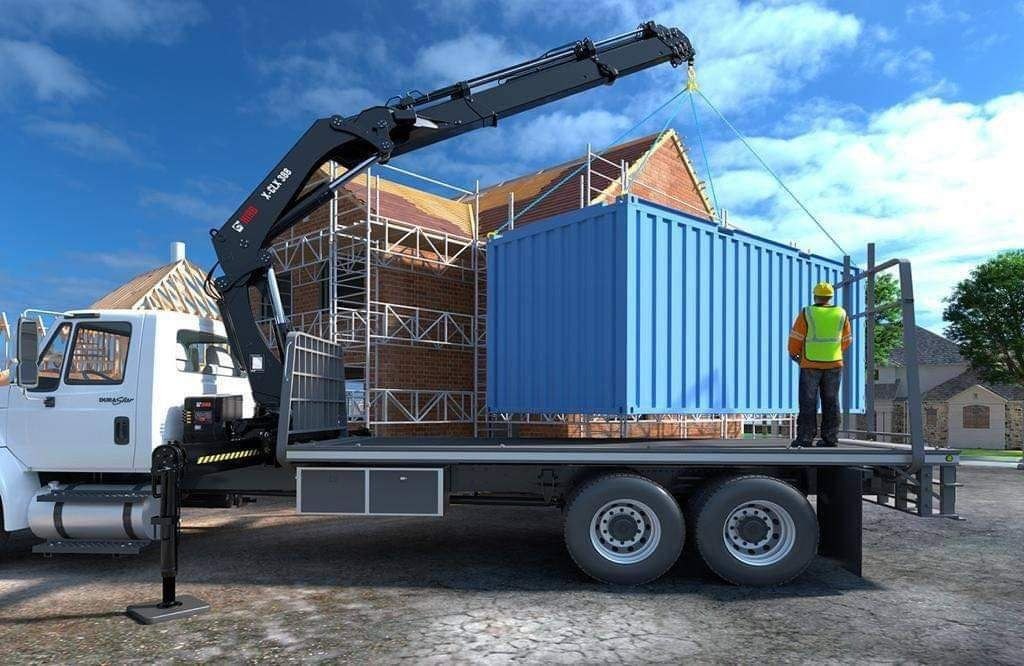Uncategorized
How much do shipping containers cost

The cost of shipping containers can vary depending on various factors such as size, condition, location, and market demand. Here are some approximate price ranges for different types of shipping containers as of my knowledge cutoff in September 2021:
- 20-foot Standard Container: $2,000 to $4,500
- 40-foot Standard Container: $3,000 to $7,000
- 40-foot High Cube Container (taller): $3,500 to $8,000
- Used Containers:
- 20-foot Standard Container: $1,500 to $3,500
- 40-foot Standard Container: $2,000 to $6,000
- 40-foot High Cube Container (taller): $2,500 to $7,000
- Specialized Containers (Refrigerated, Open-Top, etc.):
- Prices can significantly vary based on specific requirements and availability. These containers are generally more expensive than standard containers.
It’s important to note that these prices are approximate and can fluctuate based on market conditions and location. Additionally, costs associated with shipping, delivery, modifications, and any additional features or services would be additional expenses to consider.
For accurate and up-to-date pricing, it is recommended to reach out to local suppliers, container dealers, or shipping companies that can provide specific quotes based on your requirements and location.
- Factors Affecting Pricing:
- Size: The size of the container is a significant factor in determining its cost. Common sizes include 20-foot and 40-foot containers, with the latter being more expensive due to its larger capacity.
- Condition: New containers are generally more expensive than used ones. The condition of a used container can vary, and factors such as age, wear and tear, and structural integrity can influence the price.
- Location: Prices can vary depending on the location and availability of shipping containers. Costs may be higher in areas with high demand or limited supply.
- Market Demand: Fluctuations in market demand can impact prices. During periods of high demand, prices may increase.
- Container Grades:
- Containers are typically classified into different grades based on their condition. The three common grades are:
- New or “One Trip” Containers: These containers have made only one trip for shipping and are in excellent condition.
- Cargo-Worthy Containers: These containers are use but still meet shipping standards and can be use for transporting goods.
- Wind and Water Tight (WWT) Containers: These containers may have some cosmetic damage but are still structurally sound and suitable for storage purposes.
- Additional Costs:
- Delivery and Transportation: The cost of delivering the container to your desired location can vary based on the distance, accessibility, and method of transportation (e.g., trucking or crane delivery).
- Modifications: If you plan to convert the container into an office or make any modifications, additional costs will be incurred for insulation, electrical work, windows, doors, plumbing, etc. The complexity and extent of modifications will impact the overall cost.
- Permits and Regulations: Depending on your location and intended use, you may need to obtain permits and ensure compliance with local building codes and regulations. These costs should be factored in.
- Purchase vs. Rental:
- In addition to purchasing shipping containers, many companies offer rental options. Renting can be a cost-effective solution for short-term projects or when flexibility is required.
It’s important to research and compare prices from multiple suppliers, considering factors such as reputation, quality, and customer reviews. Obtaining detailed quotes and clarifying any additional costs will help you make an informed decision based on your specific needs and budget.

